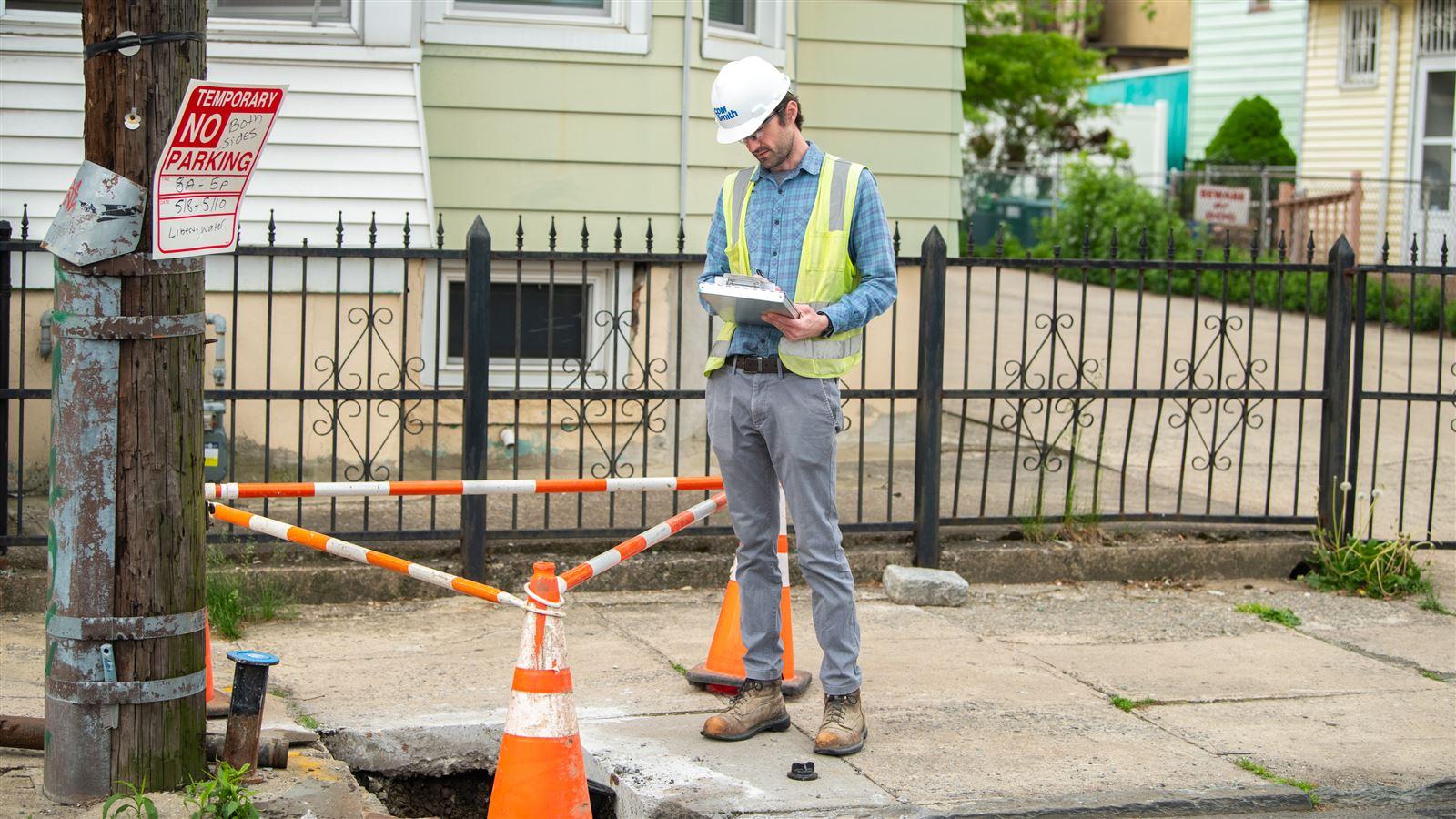Tips to Maintain and Update Service Line Inventories
The Lead and Copper Rule Revisions (LCRR) required all water systems to submit an initial inventory of lead service lines (LSLs) by October 16, 2024 to their primacy agency, including all those service lines connected to the public water system. The Lead and Copper Rule Improvements (LCRI) were finalized in October 2024 and have additional requirements.
Some of these additional requirements include a "baseline" inventory of service lines and connectors no later than November 1, 2027, a validation pool for non-lead services, and the biggest change that we've seen: all public water systems will have 10 years to identify unknowns and replace all LSLs and galvanized requiring replacement (GRR) service lines.
defining a service line
To effectively compile inventories it's crucial to understand how the EPA defines a service line: it's the pipe that connects the water main to the building inlet or, if there's no building, to the outlet. But what does that mean exactly? The EPA doesn't give a clear definition of the building inlet, so different utilities have different ways of deciding where it is. Some say it's the first fitting inside the building foundation, some say it's the point at which the service line penetrates the building, and some say it's the water meter when located inside the building.
The definition of an outlet is also ambiguous, but when we look at the regulations, we see that the word outlet is always used alongside the words “for cooking and drinking” or “for human consumption." So that's what we use as our guide. If there's no building and we're trying to figure out if it's a service line, we ask ourselves, does it connect a water main to an outlet? Could the outlet be used for cooking or drinking? And if we say yes, then we classify it as a service line.
creating your inventory and compiling service line info
To follow the rules for LCRR/LCRI compliance, utilities need to keep a comprehensive record of all their service lines. Utilities must create a detailed database of all service lines, integrating data from different sources like tap cards, meter and billing records, and capital project records. Sometimes this data may not match up, so we have to figure out which source is the most trustworthy to establish a hierarchy of reliability. Each service line needs to be recorded with a unique name or number, so they aren't mixed up, especially when there are many units in one building.
Having a clear understanding of the definition of a service line is honestly the most important part of creating an inventory and compiling your information.
maintaining and updating your inventory
Utilities are required to update inventories annually for regulatory reporting. This involves identifying material classification of each portion of the service line, such as copper or lead, and determining the service line material classification of the entire service line, such as non-lead, lead, or GRR.
A huge aspect of this classification process is understanding the historical context of each portion of the service line. For example, a galvanized pipe downstream of a previous LSL must be replaced due to the potential of lead scale buildup on the inside of the galvanized pipe. This requires keeping accurate records of previous pipe materials and replacements to ensure accurate classification. Some examples for classifying the entire service line, if your state is following the EPA’s guidance for classification, are:
Non-lead: If the system-owned material is plastic or copper and was never lead, even if the customer-side material is galvanized, it can be classified as non-lead on the EPA’s inventory template. This is true for most utilities, but some states require galvanized service lines to be classified as GRR regardless of the upstream pipe material. Check with your state to see what is required of your utility.
GRR: If the system-owned material is plastic or copper and there is no record of the original installation material, and the customer-side material is galvanized, it must be classified as GRR due to the uncertainty of potential lead contamination.
documenting other potential sources of lead
 It’s important to record other potential sources of lead observed during inspections, such as lead or galvanized pipes in premise plumbing. Premise plumbing can be a potential source of lead, even if outside the limits of the service line, and this crucial information for overall lead risk management should be documented.
It’s important to record other potential sources of lead observed during inspections, such as lead or galvanized pipes in premise plumbing. Premise plumbing can be a potential source of lead, even if outside the limits of the service line, and this crucial information for overall lead risk management should be documented.

Always retain all the material data you compile, even if it's conflicting, and establish a hierarchy based on the system’s knowledge of source reliability.

Start the conversation with regulators ASAP to define where your service lines end and where premise plumbing begins to keep accurate records.



